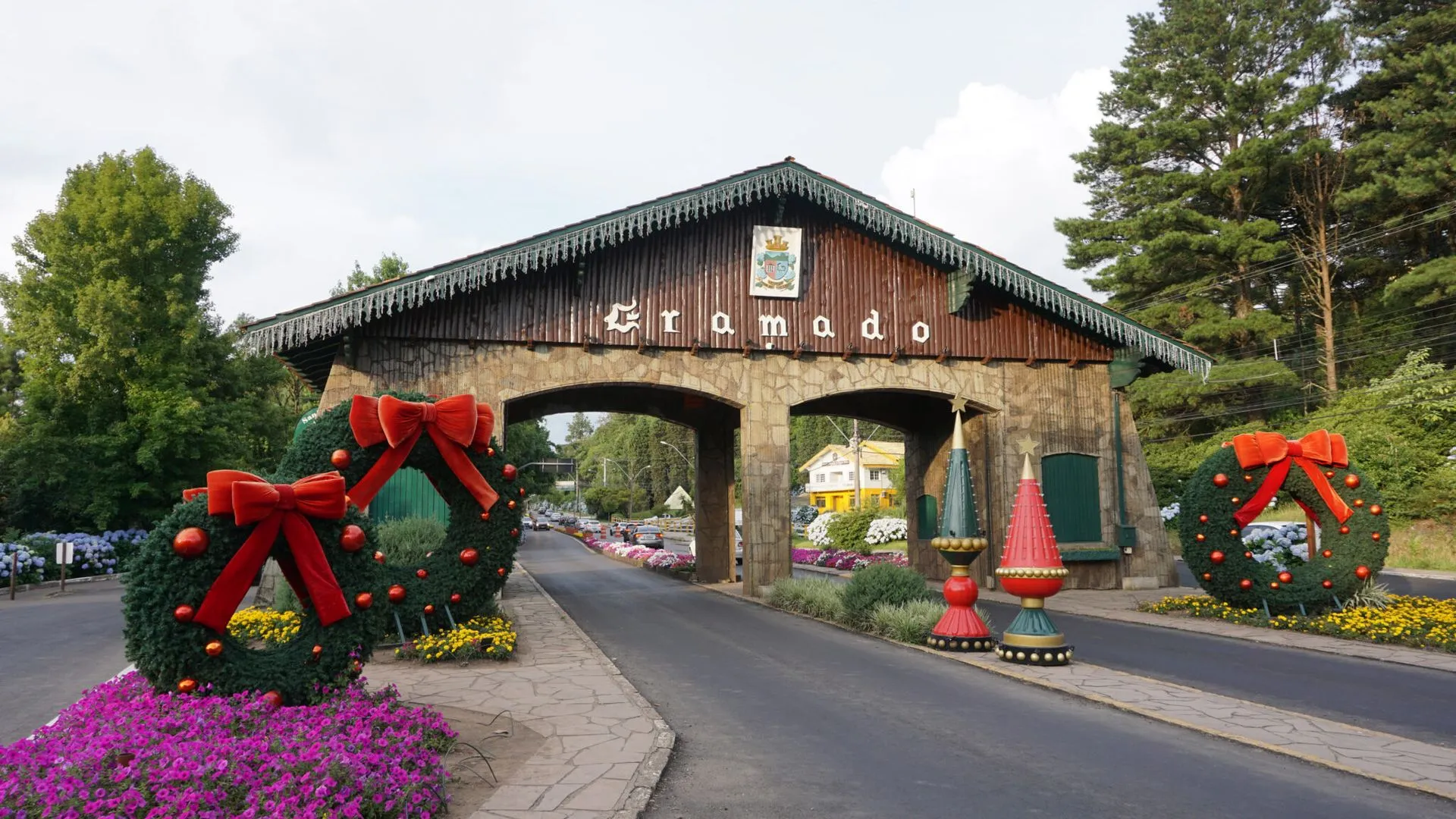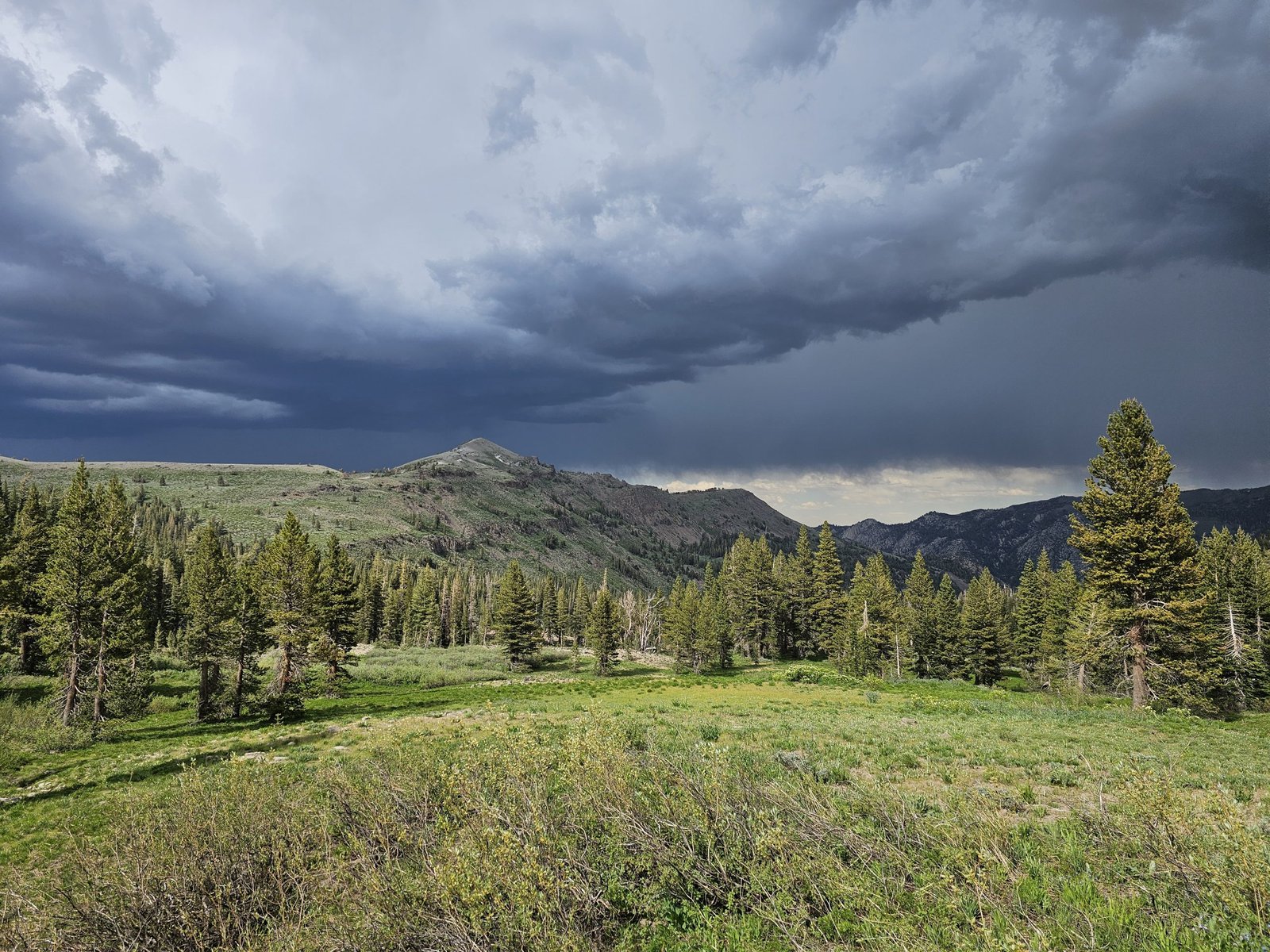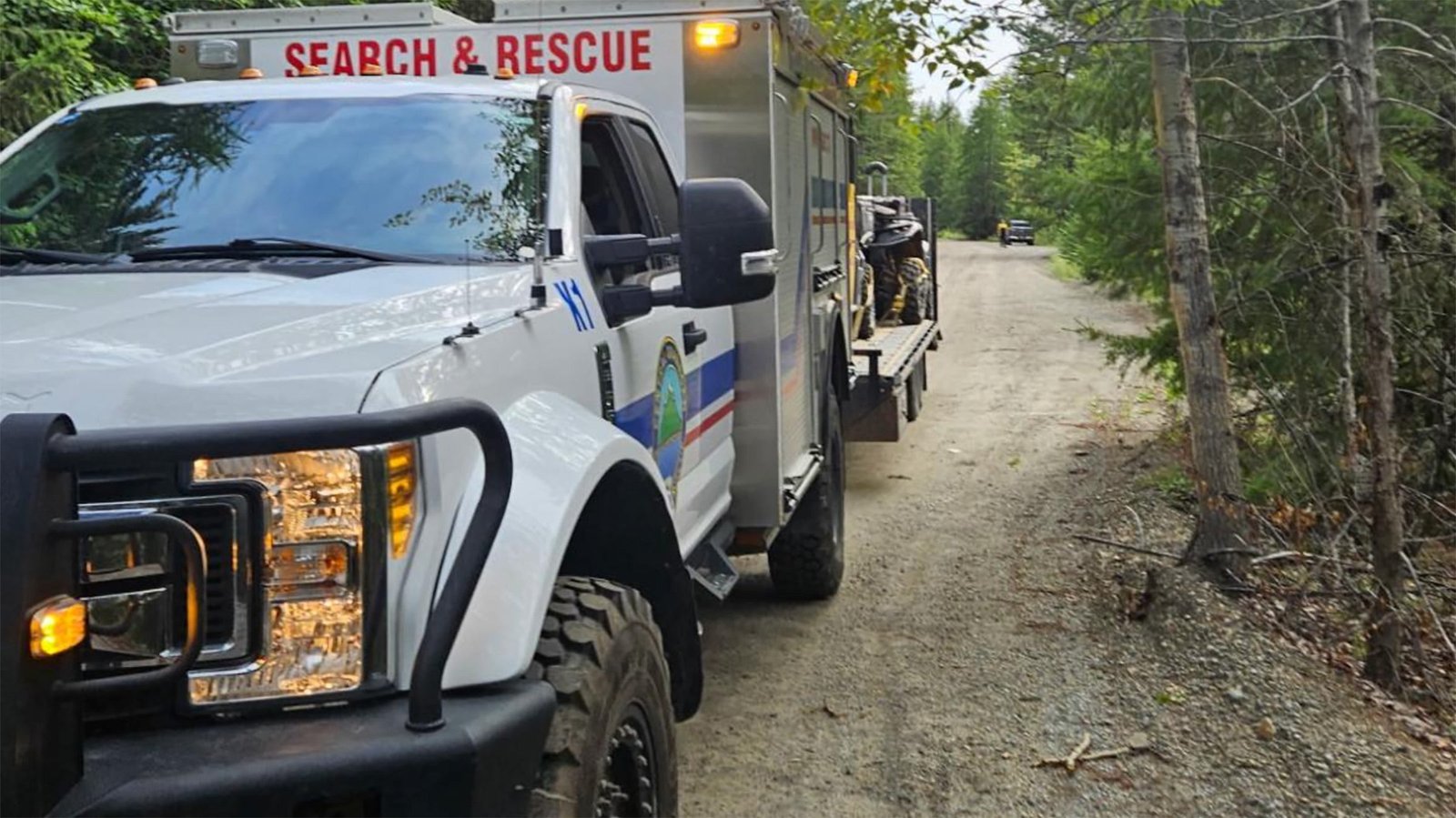Published August 4, 2025 11:30AM
Destinations & Things To Do
Agoda Unveils Asia’s Top Micro-Travel Destinations

Agoda unveils Asia’s top micro-travel destinations for travelers eager to make the most of short, spontaneous getaways. With busy schedules and limited vacation days, more people are embracing micro-travel as the ideal way to experience something new without complicated planning. These quick, manageable trips fit neatly into weekends or single days off, offering the perfect escape without the stress of long itineraries.
Digital travel platform Agoda is championing this trend, revealing the most popular one-night stay destinations across Asia based on its booking data. Whether it’s a neon-lit city break or a relaxing beachside retreat, micro-travel lets adventurers squeeze memorable experiences into even the tightest calendars. Agoda’s latest list showcases the top spots where travelers are packing big fun into small packages.
Making the Most of Micro-Travel
Micro-travel isn’t just about saving time. It’s about making travel more accessible to everyone, even those who can’t take extended vacations. With shorter distances, simpler packing, and fewer days away from work or family commitments, micro-travel breaks down barriers that keep people from exploring. It also makes spontaneous decisions easier—booking a night away on a whim becomes entirely doable.
For many, these brief getaways are the antidote to routine and burnout. Instead of waiting months for a long holiday, travelers can schedule mini-adventures throughout the year. This approach offers frequent chances to recharge, discover new places, and create lasting memories without draining budgets or vacation days.
Agoda’s Top 10 One-Night Stay Destinations
Based on booking data from the first five months of the year, Agoda’s top 10 list reveals the destinations where micro-travel is thriving. Topping the list is Kuala Lumpur, Malaysia’s bustling capital known for its modern skyline, diverse food scene, and vibrant cultural mix. It’s an ideal city for a quick but rich experience, where even 24 hours feels like a true adventure.
South Korea claims two spots in the top ten, with Seoul coming in second and Jeju Island further down the list. Seoul offers everything from sleek shopping districts to centuries-old palaces, while Jeju’s natural wonders provide a calm, restorative retreat. Together, they show the variety micro-travel can offer even within a single country.
Agoda’s data also highlights the appeal of urban centers like Taipei in Taiwan, Manila in the Philippines, and Nagoya in Japan, each offering unique blends of culture, shopping, and local flavors perfect for short trips. Beach escapes like Pattaya in Thailand, Penang in Malaysia, and Surabaya in Indonesia round out the list, proving that even a single night can deliver the magic of sea breezes and sunsets.
| Rank | Destination | Country |
|---|---|---|
| 1 | Kuala Lumpur | Malaysia |
| 2 | Seoul | South Korea |
| 3 | Taipei | Taiwan |
| 4 | Manila | Philippines |
| 5 | Pattaya | Thailand |
| 6 | Jeju | South Korea |
| 7 | Nagoya | Japan |
| 8 | Kaohsiung | Taiwan |
| 9 | Penang | Malaysia |
| 10 | Surabaya | Indonesia |
Each of these cities and regions offers travelers something distinct, from shopping and nightlife to natural beauty and local culture. The variety on the list underscores that micro-travel isn’t one-size-fits-all but can be tailored to every taste and budget.
Why Micro-Travel is Thriving
Agoda’s report reflects a growing travel trend driven by changing work and lifestyle patterns. With remote work and flexible schedules, many travelers can leave town for a night without major disruption. For others, even a single day off can be transformed into an adventure with careful planning and a willingness to embrace the short but sweet travel philosophy.
Costs are another key factor. Short trips generally require less money overall. Fewer nights in hotels, fewer meals out, and lower transport costs make getaways more accessible. Travelers can splurge on a nicer room or a memorable meal without breaking the bank because the trip is so brief.
For the tourism industry, this trend offers big opportunities. Destinations that cater to micro-travelers can see increased bookings even in off-seasons. Hotels and guesthouses can fill rooms mid-week or on slower weekends. Local businesses—from cafes to guided tours—benefit from travelers looking to make the most of every minute.
Supporting Spontaneous Adventures
Agoda is keen to position itself as the go-to platform for these spontaneous, bite-sized journeys. Its app and website offer quick booking for over 5 million holiday properties, 130,000 flight routes, and 300,000 activities. This vast selection makes it easy for travelers to plan a short trip without the headaches usually associated with arranging vacations.
Jun Dong, Associate Vice President at Agoda, emphasized this in the announcement: “Micro-travel is all about making the most of your time and budget while still enjoying meaningful experiences. Whether you’re looking for an urban adventure or a tropical escape, these destinations show that you can pack a world of fun into a quick getaway. Agoda’s wide range of accommodations and activities makes it easier than ever for travelers to plan their perfect one-night trip.”
This approach aligns with changing consumer expectations. Travelers want convenience and choice at their fingertips, especially when trips are spontaneous. Agoda’s mobile-first strategy ensures users can book last-minute stays, flights, and experiences on the go, making micro-travel truly accessible to everyone.
Planning the Perfect One-Night Getaway
Agoda offers tips to help travelers make the most of micro-travel. First, pick a destination within easy reach to avoid losing precious time in transit. Cities with strong transport links, like those topping Agoda’s list, make one-night trips more feasible and enjoyable.
Second, travelers are encouraged to plan a rough itinerary in advance. While spontaneity is part of the fun, knowing what sights, meals, or experiences to prioritize helps maximize limited time. Many Agoda listings even include local recommendations, helping guests dive right into the best of a destination.
Finally, embrace the mindset that less is more. A micro-trip isn’t about doing everything—it’s about choosing a few memorable highlights and enjoying them fully. Whether it’s a sunset on the beach, a street food tour, or a walk through a historic neighborhood, these moments can deliver as much satisfaction as longer vacations.
Micro-Travel: A Trend Here to Stay
As life gets busier, micro-travel offers a practical solution for modern travelers craving regular escapes. Agoda’s unveiling of Asia’s top micro-travel destinations shows there’s no shortage of places ready to deliver big adventures in small packages. With cities and regions adapting to cater to this demand, travelers can look forward to more options, better deals, and even more reasons to say yes to that spontaneous one-night trip.
Photo credit: Guitar photographer / Shutterstock.com
Destinations & Things To Do
Brazil Travel Destinations 2025 : Culture, Nature & Authentic Experiences Lead Tourism Revival

The sun-drenched beaches of Rio, the thunderous roar of Iguaçu Falls, and the cobblestone charm of Gramado aren’t just postcard backdrops anymore. In 2025, Brazil’s tourism sector is surging back, driven by travelers craving immersive cultural exchanges and untouched natural wonders. Data from Embratur (Brazilian Tourist Board, May 2025) reveals a 34% year-on-year increase in international arrivals, with destinations prioritizing sustainability and local authenticity leading the resurgence.
Brazil’s Tourism Resurgence in 2025
Brazil’s 2025 tourism boom reflects a global shift: travelers now seek meaningful connections over superficial sightseeing. A recent Latin American Travel Association report (April 2025) notes 78% of tourists prioritize “cultural immersion” and “eco-conscious itineraries.” Rio de Janeiro exemplifies this, blending iconic landmarks like Cristo Redentor with new accessibility tech. Augmented reality tours in 15 languages now enrich visits, while safety upgrades have boosted family travel by 40%. Similarly, Foz do Iguaçu’s eco-revamp—including solar-powered boat tours and jaguar conservation trails—has made it South America’s fastest-growing adventure hub.
Top Brazil Travel Destinations for 2025
Rio de Janeiro remains unmissable. Beyond Copacabana, favela-led culinary tours and samba workshops offer raw cultural insights. Foz do Iguaçu leverages its “Three Borders” location for tri-national festivals, while rainforest lodges partner with Indigenous Guaraní communities.
Northeastern gems like Maragogi (Alagoas) and Jericoacoara (Ceará) dominate coastal searches. Travel analytics platform Kayak reports a 200% surge in bookings for Praia do Forte, where sea-turtle sanctuaries and capoeira classes redefine beach holidays.
Inland, Bonito (Mato Grosso do Sul) sets ecotourism gold standards. Government-mandated visitor caps protect its crystalline rivers, and certified guides lead cave-diving expeditions. Meanwhile, Gramado’s European flair peaks during its “Natal Luz” festival, now enhanced with AI-driven light installations and zero-waste initiatives.
Why Authenticity and Sustainability Drive Demand
Young travelers are reshaping Brazil’s tourism DNA:
- Eco-accountability: Bonito’s carbon-neutral certification (per Brazil’s Environment Ministry) has increased repeat visits by 60%.
- Tech-enabled access: Apps like “Brazil Offline” curate hyperlocal experiences, from Amazonian foraging trails to Salvador’s Afro-Brazilian cooking classes.
- Community-led tourism: In Paraty, UNESCO-listed historic tours now feature quilombola (descendants of enslaved Africans) storytellers.
Domestic demand is equally vital. Embratur’s “Viaje pelo Brasil” campaign has spurred a 55% rise in local bookings since 2023, with Northeastern states seeing record occupancy.
Brazil’s travel renaissance proves that destinations thriving in 2025 aren’t just scenic—they’re soulful. From the misty cascades of Iguaçu to Gramado’s alpine charm, Brazil travel destinations now marry spectacle with substance. As sustainability and storytelling become non-negotiables, the nation’s $50B tourism rebound (World Travel & Tourism Council, 2025) sets a global benchmark. Ready to explore beyond the obvious? Book your Brazilian journey through certified eco-operators today—adventure with purpose awaits.
Must Know
What are Brazil’s safest travel destinations in 2025?
Rio de Janeiro, Florianópolis, and Bonito lead safety rankings due to enhanced tourist policing and app-based emergency systems. Embratur’s real-time safety dashboard provides localized alerts.
Which Brazil travel destinations are best for families?
Gramado’s theme parks and Rio’s interactive museum tours top family lists. Praia do Forte offers kid-friendly wildlife programs, including supervised turtle releases.
How expensive is Brazil for tourists in 2025?
The strong dollar makes mid-range travel affordable. Expect $50–$80/day for meals and transport. Bonito requires bundled activity permits ($120/week), but these include guides and conservation fees.
What’s the best time to visit Brazil?
May–September (dry season) suits most regions. Avoid June crowds in Gramado during winter festivals. The Northeast shines year-round.
Are visas required for Brazil in 2025?
Yes, but e-visas for Americans/Australians process in 72 hours. EU citizens enjoy visa-free entry until 2026.
Which destination offers Brazil’s best ecotourism?
Bonito leads with government-enforced sustainability protocols. All operators must adhere to waste-reduction and wildlife protection standards verified by ICMBio (Brazil’s environmental agency).
Destinations & Things To Do
Ridgelines, Wet Electronics, and Thundering Downpours: PCT Days 90 to 93

In which our hero strives for lunch, dunks his electronics, and meets a friend.
The post Ridgelines, Wet Electronics, and Thundering Downpours: PCT Days 90 to 93 appeared first on The Trek.
Destinations & Things To Do
A Backcountry Singer Prompted a Search and Rescue Mission in Canada

A search and rescue team in British Columbia deployed drones, mounted police officers, and volunteers. They found a backcountry crooner.
(Photo: COSAR/Facebook)
When hikers reported hearing screaming in the woods near a popular climbing area in southern British Columbia, a local search and rescue team scrambled to respond.
It was the evening of Thursday, July 31, and the Central Okanagan Search and Rescue (COSAR) team was conducting a weekly training exercise when they received the distress call. According to a report on COSAR’s Facebook page, hikers told them that the yelling was coming from a wooded area near the Boulderfields, a recreation area south of the town of Kelowna.
The volunteer rescuer organization was able to respond in full force. As search drones took to the skies, a large team of rescuers, along with two Royal Canadian Mounted Police officers, began combing the woods to pinpoint the source of the screaming.
“Early responders even heard faint yelling—but couldn’t make out what was being said,” COSAR wrote. While half of the rescuers scoured the woods on foot, the rest drove nearby forest roads.
Then they found their supposed victim. Was it the survivor of a climbing accident? No. A moose attack victim? Nope. A selfie-taker who had fallen into a raging river? Nada. The terrifying screaming was actually coming from a solo camper who was, “singing his heart out to the trees, blissfully unaware that the acoustics of the Boulderfields had turned his tent-side concert into an accidental distress signal.”
“He wasn’t in trouble,” COSAR Search Manager Duane Tresnich said in the report. “Unless you count his singing.”
While the incident represented an unfortunate false alarm, COSAR said the hikers who called in the distress call acted appropriately. “That area’s full of tricky terrain and bike trails,” COSAR wrote, “so better safe than sorry.”
Screaming for help is often the best course of action for anyone experiencing distress in the backcountry, and multiple rescue operations suggest calling for help when other options fail. In mid-July, a critically injured solo climber in Washington was saved after nearby hikers heard him screaming across a valley.
But hikers and climbers should also be mindful that screaming or even singing in the backcountry can be misconstrued as a cry for help. So, the next time you want to do your best David Lee Roth impression on a hiking trail, perhaps keep the volume a few notches below your maximum.
“Remember, our services are always free,” COSAR added. “And the money you save could be spent on singing lessons.”
-

 Brand Stories2 weeks ago
Brand Stories2 weeks agoBloom Hotels: A Modern Vision of Hospitality Redefining Travel
-

 Brand Stories1 week ago
Brand Stories1 week agoCheQin.ai sets a new standard for hotel booking with its AI capabilities: empowering travellers to bargain, choose the best, and book with clarity.
-

 Destinations & Things To Do2 weeks ago
Destinations & Things To Do2 weeks agoUntouched Destinations: Stunning Hidden Gems You Must Visit
-

 Destinations & Things To Do1 week ago
Destinations & Things To Do1 week agoThis Hidden Beach in India Glows at Night-But Only in One Secret Season
-

 AI in Travel2 weeks ago
AI in Travel2 weeks agoAI Travel Revolution: Must-Have Guide to the Best Experience
-

 Brand Stories1 month ago
Brand Stories1 month agoVoice AI Startup ElevenLabs Plans to Add Hubs Around the World
-

 Brand Stories3 weeks ago
Brand Stories3 weeks agoHow Elon Musk’s rogue Grok chatbot became a cautionary AI tale
-

 Asia Travel Pulse1 month ago
Asia Travel Pulse1 month agoLooking For Adventure In Asia? Here Are 7 Epic Destinations You Need To Experience At Least Once – Zee News
-

 AI in Travel1 month ago
AI in Travel1 month ago‘Will AI take my job?’ A trip to a Beijing fortune-telling bar to see what lies ahead | China
-

 Brand Stories2 weeks ago
Brand Stories2 weeks agoContactless Hospitality: Why Remote Management Technology Is Key to Seamless Guest Experiences
